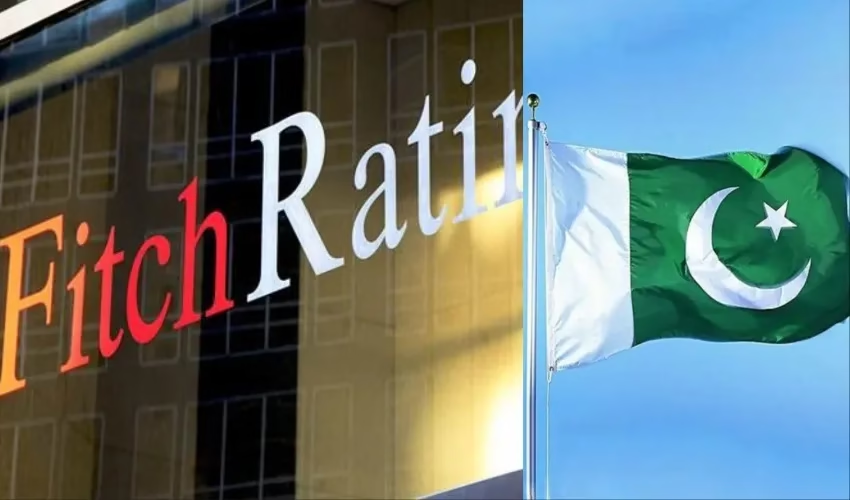Pakistani banks are set to gain from improving operating conditions and rising business volumes as macroeconomic pressures ease, Fitch Ratings said in its latest assessment.
The positive outlook is supported by Pakistan’s stronger sovereign credit profile, following Fitch’s upgrade of the country’s Long-Term Issuer Default Rating (IDR) to ‘B-’/Stable from ‘CCC+’ in April 2025. The upgrade reflects ongoing reforms, better fiscal management, and signs of economic recovery.
Fitch projects Pakistan’s real GDP growth to rise to 3.5% by 2027, up from 2.5% in 2024, aided by a sharp decline in inflation and monetary easing. Inflation fell to 4.1% in July 2025, well below its 38% peak in May 2023, while the policy rate has halved since May 2024 to 11%. Improved external stability, including reduced currency volatility and current account surpluses, is also expected to support growth.
The combination of lower borrowing costs and a healthier economy is expected to boost private-sector credit demand, enabling steadier loan and deposit growth while improving bank profitability. Private-sector credit, which hit a low of 9.7% of GDP in 2024, could expand as reforms reduce reliance on public-sector lending.
Fitch noted that Pakistani banks have shown resilience in recent years. The impaired loan ratio improved to 7.1% by March 2025 from 7.6% at end-2023, supported by 26% loan growth during high inflation. Although further improvements may slow, lower interest rates should ease repayment pressures for borrowers.
Return on equity moderated to 20% in Q1 2025, down from 27% in 2023, due to narrowing margins and rising costs, but was balanced by stronger non-interest income. Fitch expects margin pressures to persist as rates adjust, though treasury gains and lending growth should support earnings.
The banking system’s capital adequacy ratio reached a decade-high of 21% by March 2025, well above the regulatory minimum of 11.5%. Liquidity and funding remain strong, with low loan-to-deposit ratios (38% by June 2025), deposits making up 65% of funding, and minimal deposit dollarisation (~7%).
While risks remain due to Pakistan’s still-low sovereign rating and reliance on state-linked exposures, Fitch said most large banks are well-positioned to benefit from economic normalisation. Institutions that diversify revenues and maintain prudent credit practices are expected to capitalise best on the stabilisation while safeguarding against potential shocks.
Would you like me to also create a shorter, business-news style summary (5–6 key points) of this for quick reading?



